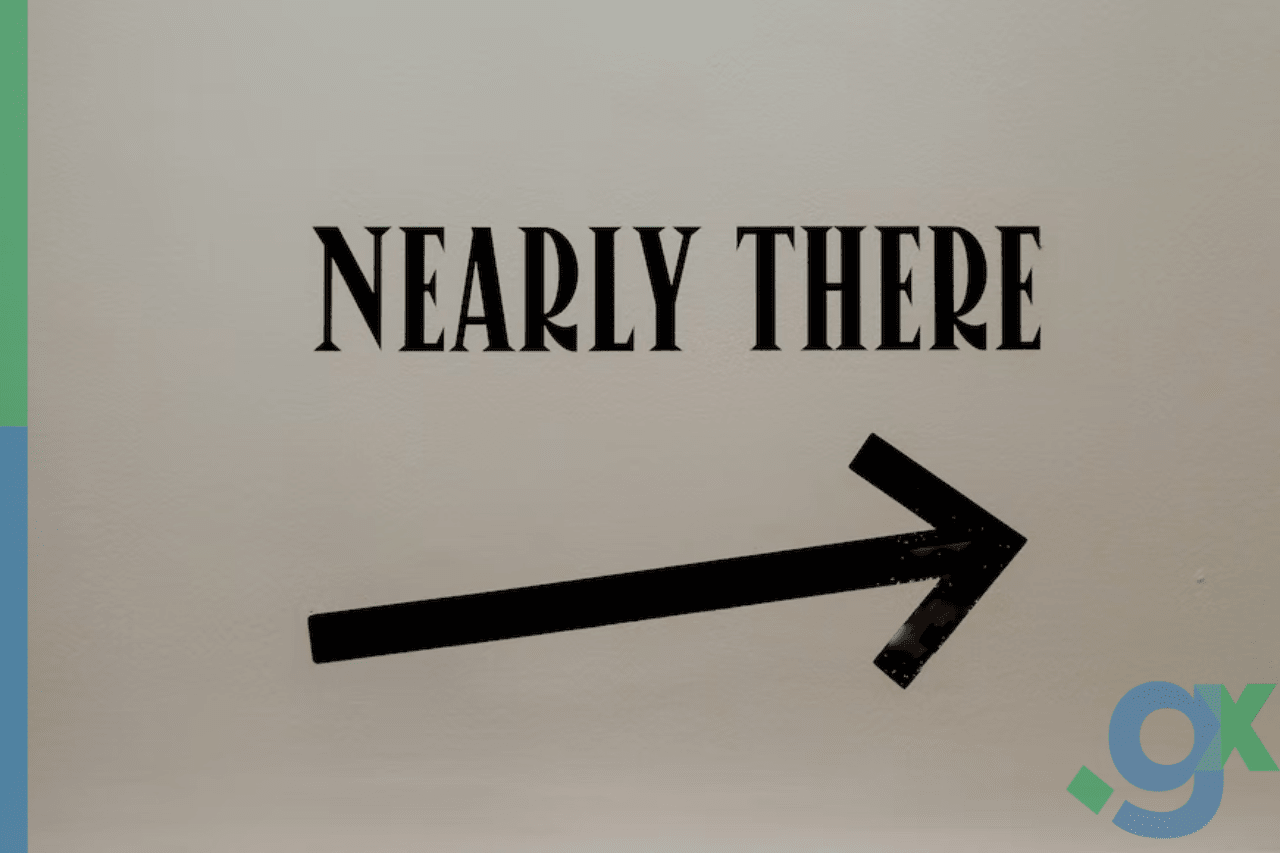Consider a godsend opportunity if a client asks for a quotation, and with a quick and right response, a business deal comes your way. A business owner needs to know the art of pricing the right quote at the right time. Quotation usually formulates based on certain requirements, and the client generally conditions it. It is a formal document that withholds information that offers to sell goods or services at a specific price and under specified conditions. It allows a potential customer to understand the cost of goods or services before purchasing them. When the seller sends the quote, it engages them to the correct price. That is why quotations are mostly valid when costs are relatively stable and provide an accurate estimate for the services/goods (labor, cost of raw materials, etc.). Sometimes due to inaccurate estimations, the pricing can go high or low, which can create severe damage to the business. With the help of a quotation, you can decide on pricing for a job or order, and the customer gets a precise cost for the work.
Importance of right quotation
If a customer approaches you for a quote, it means they’re interested or considering doing business with you. The client’s approach shows that your service has value. And you look forward to closing the deal, but no need to celebrate just yet. For many, quotation processes seem like a mere formality, but it isn’t. Many business owners can win or lose the game at this stage. So it’s very important to handle this situation correctly. With the right approach, the quoted price works in your favor, and you can get a better response. Above all, you can pitch your services at the best price as per your condition.
Why is the quotation needed?
Price quotes are an integral and essential part of any business, especially if we talk about service businesses.
- A quotation creates an understanding between customers and your business.
- Clearly explains the price, terms, and conditions of your business.
- It helps a customer to make the right decision and finalize the sale.
- A legitimate and formalized way to do business with buyers is via valid quotations.
- You can structure pricing and services as per your condition.
- The process generates a transparent way of functioning between you and the customer.
What does all a quotation include?
The quotation details should be relevant to the job or service you’re planning to offer to your customer. Standard business information: It includes information about your company name, address, the client’s details, a customer ID number, and a quote number. Price: The pricing includes overall total and itemized entries explaining each component. The information contained is open and detailed, but not too much detailing as it becomes more confusing. Any applicable taxes: These include sales tax or GST of your registered business. Due dates: The specified time indicates for delivery of the products or services. Payment terms: Go through all the invoice payment terms options at GrofkeX for useful tips on getting paid faster. A validity date: A regular quotation date lasts for 30 days, starting from the quote date. Terms and conditions (T&Cs): The terms and conditions should be written in plain language to avoid confusion. E- signatures: Your and the customer’s E-signature should be present, along with the date. It helps potential clients to approve quotes and provide instant receipts. Note:- A good quote is brief yet accurate and comprehensive. Reliable accounting software helps to prepare price quotes that look professional, with all the necessary information. GrofkeX software quickly converts your quotations to invoices. You can generate unlimited customized quotes with the help of a few clicks.
The requirement of validity date
A useful quotation tool allows you to calculate the cost and the profit margin efficiently. One should know how long a quotation time is valid. The quotation template clearly states the price and terms of your offer with a valid period, such as 30 days. It’s advisable to use the date of the proposal as the beginning of the validity period. The fluctuations in the market don’t affect the accepted quote for that particular time. The validity period allows the customer to make a final decision within a fixed time frame. Otherwise, in many cases, the customers negotiate and only accept the date as valid, the day they receive the document. At GrofkeX software solutions, users can customize the quotation template or use a standard quotation template. The personalized quotations are valid for 30 days from the date of issue and process your work faster. The quotation tool includes time with a specific validity. Once the quotation period is expired, a new quotation will be needed.
When can a quote change?
A price quote doesn’t change once accepted by the customer. But sometimes, due to unforeseen conditions, the customer may change their requirements. For example, you run a small company dealing with computers for a specific client. If a client requires machines with more GB in the new PCs, you may change the specified quotation due to upgrading. In such situations, it’s acceptable to negotiate a price increase. In other words, it would be best if you discuss everything in detail with your client first. Hence you can provide a new or updated quote covering the changes. Note:- If a customer rejects your quote, ask them politely for the reasons. It helps to improve your sales and to quote processes.
Conclusion
In the end, a quotation is the first formal document any customer receives from you. If you manage to project it right, that first impression will count and lasts forever. However, a secure and transparent procedure is useful in the long term. Opt for an excellent software tool that can help you streamline your quote and sales cycles, cut approval time, boost client engagement, and increase conversion rates. Our accounting software allows you to learn and improve your quote process. At GrofleX, we help you guide through all the steps.
Signup now for Free and enjoy unlimited Estimates & Invoices at www.blog.groflex.in




